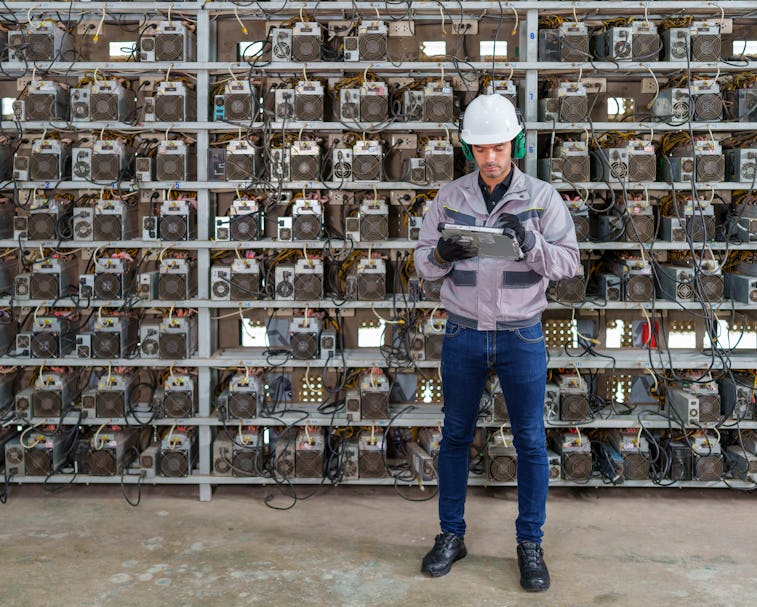Tech
Surprise: Bitcoin isn’t an anonymous, democratizing force after all, study finds
Contrary to what enthusiasts might tell you, a new study finds that Bitcoin can never be as powerful as it claims.

A new study carried out by a number of Texas-based universities has revealed that Bitcoin might not exactly be the anonymous, decentralized alternative to traditional financial systems, a tale often told by its biggest proponents. The focus of the research paper, which has yet to be published in a peer-reviewed journal, is on the early years of the digital currency as it first achieved parity with the U.S. dollar.
As outlined in the paper’s abstract, the team of researchers was able to deduce with near certainty (greater than 99 percent sensitivity and specificity) the identities of the most active individuals on the Bitcoin blockchain since its inception in 2009. According to their methodologies, the majority of the Bitcoin mining that took place between launch and the moment its price hit $1 was carried out by just 64 individuals.
While exact names weren’t provided in the paper, except for a couple of well-known people who have been convicted of crypto-related crimes, like Ross Ulbricht (founder of the Silk Road) and Michael Mancil Brown (who attempted to extort Mitt Romney), the idea that a small contingent of people was in control of the resources necessary to generate Bitcoin undermines the idea that crypto is the gateway to a utopia, unburdened by the guiding hand of an institution or collective of agents.
The myth of decentralization — A big part of crypto’s appeal is that it allows for a system of commerce or exchange to take place without the influence of a third party like a bank governing transactions. This paper reveals that Bitcoin was able to sustain itself not because of a lack of centralized power but rather because the people who were setting the foundation for the system’s viability didn’t exploit it. Doing so would’ve erased any potential gain in the future.
Instead, cooperation made the most sense. They had to work together. A functional Bitcoin network led to the cryptocurrency’s value jumping from $1 in 2011 to $46,257 a decade later.
We’re already aware of the lack of promised anonymity within the crypto space. We need only look to the story of Razzlekhan, part-time rapper and crypto launderer, or the former OpenSea executive who was front-running NFTs, to know this is true.
The researchers involved with this study employed a technique called address-linking, which is a procedure that can tie crypto addresses back to their owners. The technique’s existence essentially renders crypto’s anonymity void.
In response to this study’s publication, Jaron Lanier, a pioneer of the VR space, penned an op-ed with CoinDesk, noting that, contrary to its early, outsider reputation, Bitcoin has “become something of a perfect tool of state surveillance, revealing activities that many users believed to be protected by pseudonymity to sophisticated state security agencies while hiding transactions from communities of peers such as other developers, friends or community credit unions that would have been better placed to monitor them in context.”